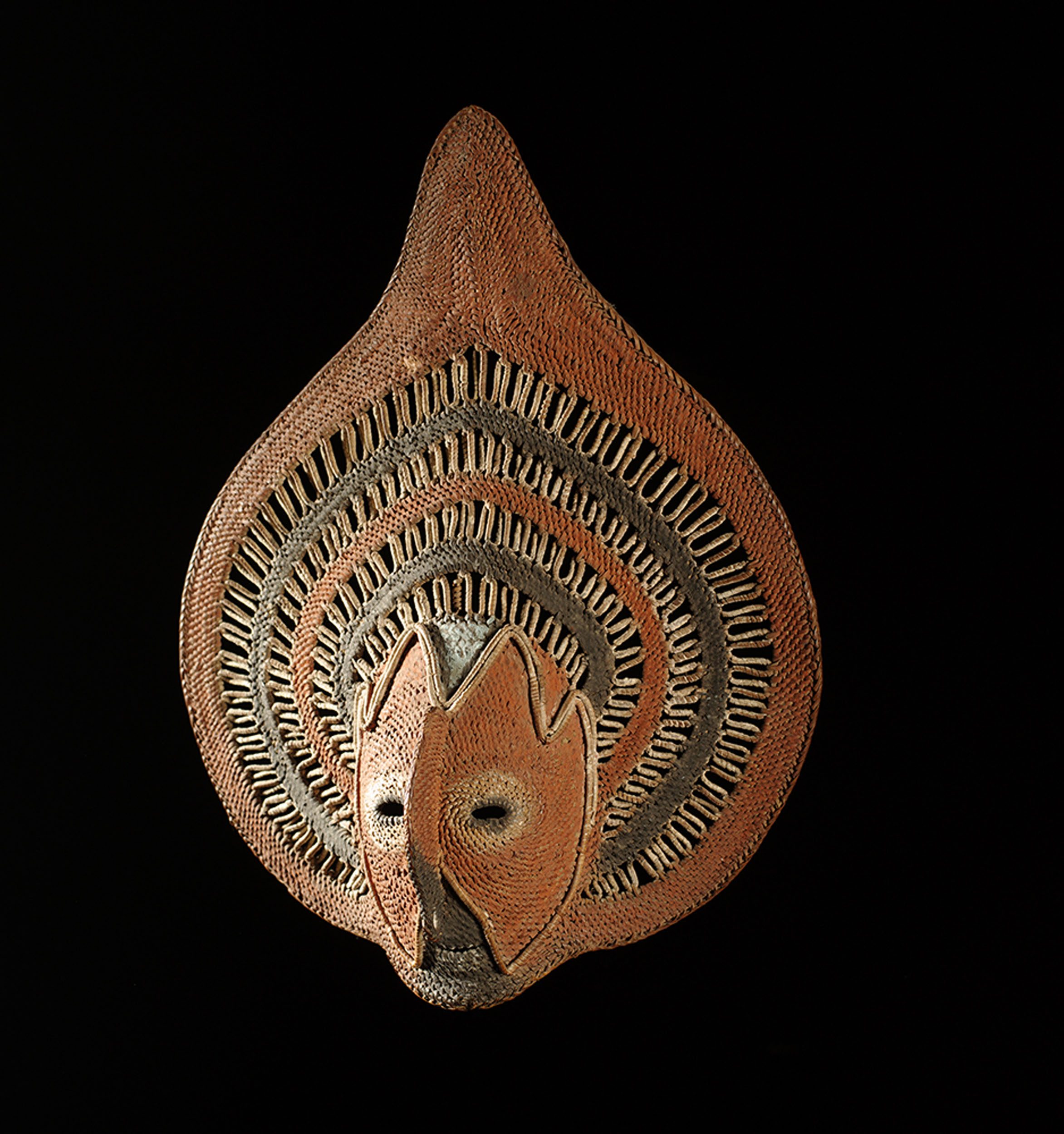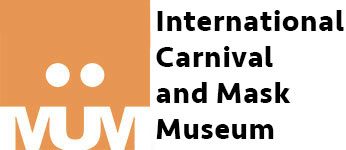Oceania
 This collection comprises more than 70 pieces from the 20th and 21st century. Geographically speaking, Oceanian masks occur almost exclusively in Melanesia (New-Guinea, New Ireland, Vanuatu, New Caledonia). In the other regions, people prefer other practices to transform their bodies like, for example, tattaoos and scarifications. The Museum’s collections cover, among others, New Ireland, Papua New Guinea, New Caledonia, Vanuatu and Bora-Bora.
This collection comprises more than 70 pieces from the 20th and 21st century. Geographically speaking, Oceanian masks occur almost exclusively in Melanesia (New-Guinea, New Ireland, Vanuatu, New Caledonia). In the other regions, people prefer other practices to transform their bodies like, for example, tattaoos and scarifications. The Museum’s collections cover, among others, New Ireland, Papua New Guinea, New Caledonia, Vanuatu and Bora-Bora.
Masking practices occur in a multitude of contexts such as initiation rituals, exorcism, agricultural festivals etc. However, in all these contexts, ancestor worship and the relation with the world of the dead remain central, both on a symbolic and social level.
As far as materials are concerned, the Melanesian masks are in most cases made of wood or plant fibres. Some masks are carved, others are made of basketry. They can be painted with mineral or plant colours. The costume is completed by ornaments and jewellery made of feathers, shells, bones and flowers.
Melanesian masking practices have to be comprehended in their broader social and cultural context. Elsewhere, for example in Asia, we can observe that masking practices are narrative. This is not the case in Melanesia. They do not relate a sequence of actions and normally do not use words. The mask and the costume personify the spirit of a clan, of an animal or of a plant whose mere presence has a signification. The message conveyed cannot be expressed verbally. Melanesian art, whether profane or sacred, is in fact considered as a vector of non-verbal communication. This sort of communication can be deciphered at different levels depending on the age class, the initiation grade, the sexual or family group etc. This multiplicity of interpretations is precisely the strength of these practices which adapt themselves to the contemporary socio-economic transformations.

